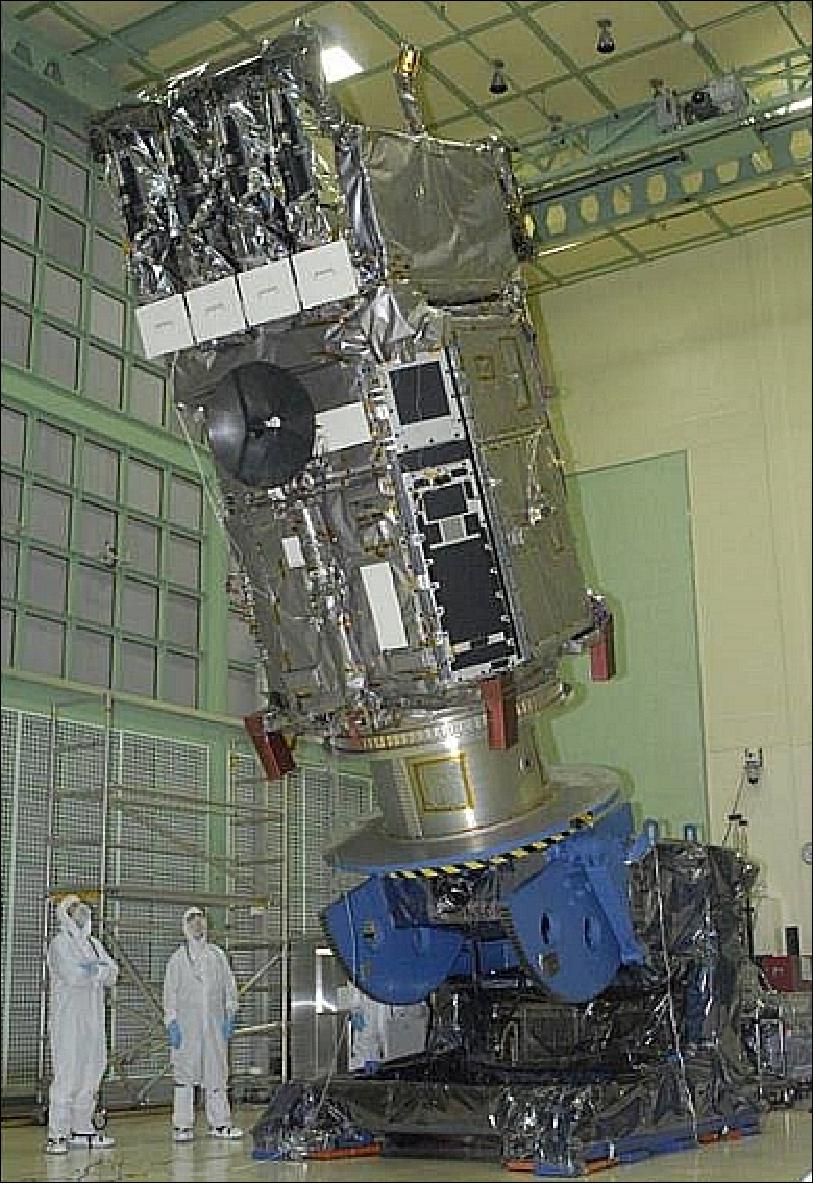Solar Dynamics Observatory (SDO) is a spacecraft launched by NASA to study the Sun. SDO is part of the Living With a Star program. The goal of this program is to understand the causes of solar variability and how it affects life on Earth.
The Solar Dynamics Observatory was launched on February 11, 2010 from Cape Canaveral Air Force Station in Florida, USA. It has been orbiting our planet ever since, studying the Sun in unprecedented detail.
The observatory is equipped with three state-of-the-art instruments: the Extreme ultraviolet Imaging Telescope (EIT), the Helioseismic and Magnetic Imager (HMI), and the Atmospheric Imaging Assembly (AIA). These instruments allow us to study the Sun’s atmospheric layers, its interior structure, and its magnetic field.
The data collected by SDO is helping us to better understand how our star works and how solar activity can affect life on Earth. For example, we now know that solar flares can disrupt GPS signals and power grids here on Earth. By providing advance warning of these events, SDO helps us to protect ourselves from their harmful effects.
In addition to its practical applications, SDO’s stunning images of the Sun are captivating to behold. The AIA instrument takes high-resolution images of the Sun in multiple wavelengths of light every 12 seconds. These images have allowed us to see features on the Sun’s surface that were previously invisible to us, such as giant arches of plasma called coronal loops.
The Solar Dynamics Observatory has revolutionized our understanding of our nearest star – but there is still much more to learn!


